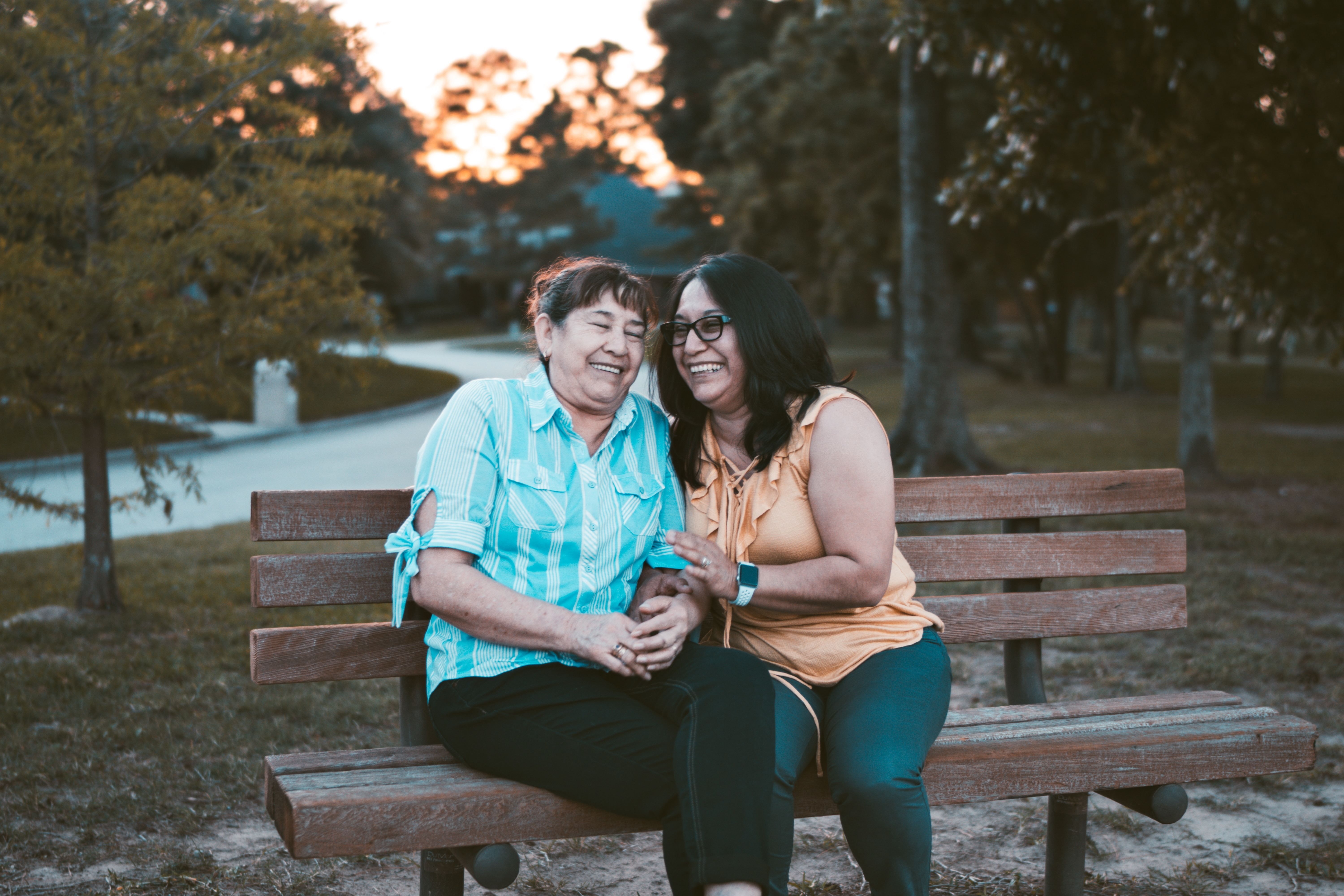Response to Vaccination and the Role of Booster Doses for COVID-19 Prevention
Arthur A.M. Bookman MD FRCPC
Chair of the SjSC Medical Advisory Board
There is still a great deal to learn about the immune response to vaccination for SARS CoV2, the proper name for the virus that causes COVID-19. The vaccines that are currently available in Canada all work with the same general principle. They insert messenger-RNA inside the cells of the body, largely at the site of injection, and that RNA directs those cells to produce a non-viable fragment of the SARS CoV2 virus, called the “Spike Protein”. Since the immune system has never seen this protein before, it puts up a defence to rid the body of this foreign material.
This immune response is multi-pronged. The most easily measured response is the antibody level to the “Spike Protein”. However, there is also a cellular response consisting of T-cells (CD8-cells) which can kill viruses, T-cells (CD-4 cells) which can up-regulate the immune response and B-cells (CD4-cells) which can remember viral protein and get revved up quickly to produce antibodies quickly in the future should the virus appear later.
So, when we hear news about how long the antibody level stays up after vaccination, we do not have the full story about how immune we really are to SARS Co V2. None-the- less, what we do know is that overall positive rates for all assays are 0.0 to 0.9% before vaccination, 66.2 to 92.5% after the first vaccination, and 98.2 to 100.0% after the second vaccination. The anti-spike antibody levels are significantly increased after day 14 from vaccination and rise exponentially after that. The antibody response is higher in people that have had a previous SARS CoV2 infection, or a previous vaccination (seropositive) compared to participants who have no antibodies (seronegative) prior to the given vaccination. Levels after the first vaccine dose are lower in older individuals, with a marked drop in participants over eighty years old. In both seropositive and seronegative subjects, a significant antibody decline is observed at 3 months compared to the peak response, but this does not indicate a loss of protection. The level fall-off is partial and can easily be stimulated to rise again.
Most important is the fact that vaccine effectiveness of full immunization with two doses of mRNA vaccines was 90% (95% CI = 68%–97%) against RT-PCR–confirmed SARS-CoV-2 infection. We are still learning about the role and effectiveness for a third booster dose. In one recent study, although the antibody level was positive in 97% after the second injection (given a mean of 221 days previous), the antibody level rose from a median of 440 AU/mL to 25,468 AU/mL after a third “booster” dose. All participants (100%) became seropositive. There was no correlation between age, gender, or time since the second vaccination and the size of antibody response. Real world data suggests that a booster dose provides good short-term effectiveness and a safety profile similar to the second dose of the vaccine. There is no evidence on the long-term effectiveness of booster doses so it remains unknown at this time how long this benefit might last.
There are some people who have a poor response to vaccination. This includes organ transplant and cancer patients, mainly due to medication such as chemotherapy or anti-rejection drugs. In one study, 51% of kidney transplant patients did not develop anti–SARS-CoV-2 antibodies after the third dose, especially those receiving triple immunosuppression. Immunosuppressants can affect the antibody response. This is seen most profoundly in patients who take rituximab, mycophenolate mofetil and high doses of cortisone (such as prednisone).
People with autoimmune disease are not necessarily immunosuppressed unless they are taking such drugs, or they are chronically ill and severely weak and depleted of reserves. Most patients with Sjögren’s are therefore quite likely to have an adequate response to vaccination, but when the opportunity comes up for a booster vaccination, it would be wise to accept.
Finally, it is important to acknowledge the fact that there are other defences to SARS Co V2 besides the antibody response. Quite important is the CD8 T-cell response, which occurs early upon infection or vaccination, and is a first defence against the virus, while the second response, the CD-4 T-cells and the B-cell response becomes activated. These accelerate the immune response and form memory cells and provide an immediate response (once vaccinated) if a virus infection occurs, even if it is many months later.
Vaccination is an important weapon in this war against COVID-19, and it will evolve to provide us immunity against other parts of the virus to dampen our susceptibility to viral mutations. It is most important that we extend this weapon to the under-treated regions of our world so that the viral transmission is dampened, and mutations cannot occur with such frustrating rapidity. Common sense solutions, although sometimes tiresome and inhibiting are still the most effective protection. Wear your mask in close contact or indoor crowds, keep your distance, and wash your hands.
Arthur A.M. Bookman MD FRCPC


